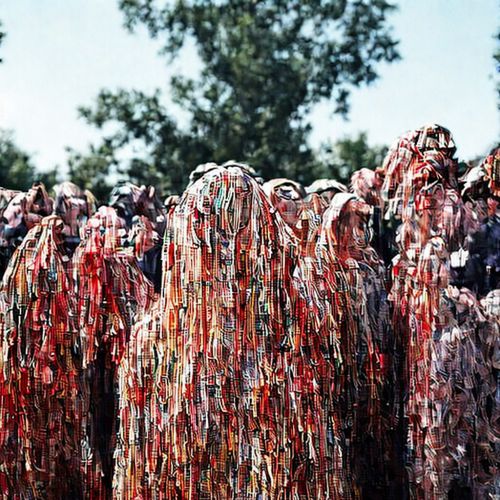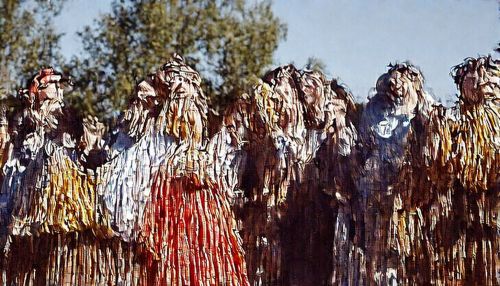Culture of the Soviet Union
Culture of the Soviet Union
The culture of the Soviet Union passed through several stages during the USSR's 69-year existence. It was characterized by a high degree of control by the Communist Party of the Soviet UnionCPSU, and a strong emphasis on socialist realismsocialist realism.


Early Soviet Culture and Revolution
The early years of the Soviet Union were marked by the proliferation of avant-garde art. With the revolution came a wave of optimism and a belief that the society could be transformed into a utopia. This period saw a flourishing of a wide range of artistic styles, from the abstract art of Wassily KandinskyKandinsky to the socialist realism of Isaak BrodskyBrodsky.
Socialist Realism
In the 1930s, the state began to exert more control over cultural expression. The doctrine of socialist realism became the norm, with all forms of art expected to contribute to the building of socialism. This style was characterized by the depiction of workers and peasants in an idealized manner, often engaged in heroic tasks.
Censorship and Control
The state maintained strict control over all aspects of cultural life. Censorship was pervasive and all forms of media were subject to it. The state controlled publishing houses, radio, television, and film studios, ensuring that only approved content was disseminated. This control extended to the arts, with artists required to join state-controlled unions.
Literature and Film
Despite the restrictions, the Soviet Union produced a number of notable works of literature and film. Authors such as Boris PasternakPasternak and Aleksandr SolzhenitsynSolzhenitsyn were able to subtly critique the regime through their works. Similarly, filmmakers like Andrei TarkovskyTarkovsky created films that pushed the boundaries of socialist realism.
Music and Dance
Music and dance were also important aspects of Soviet culture. The state supported a wide range of musical styles, from classical music to folk music. The Bolshoi BalletBolshoi Ballet and the Mariinsky BalletMariinsky Ballet were world-renowned institutions.
Late Soviet Culture
In the late Soviet period, there was a slight loosening of controls over cultural expression. This period saw the emergence of underground or "samizdat" literature, as well as the rise of rock music and other forms of popular culture.
Legacy
The culture of the Soviet Union has left a lasting legacy. Its influence can be seen in the arts and culture of the successor states, as well as in the cultural memory of the Cold WarCold War era.
